Climate variability has hit BC farmers and ranchers hard in recent years, between wildfire, flood and drought. Conditions in 2019 were such that 52 census subdivisions became eligible for the federal government’s livestock tax deferral program.
The program provides relief to farmers in areas where forage shortfalls due to excessive drought or moisture total 50% or more.
But in 2020, no regions in BC were deemed eligible for the program, a sharp shift from the dry year of 2015 that saw 123 regions declared eligible.
The shift is good news for producers in some regions, many of whom had been eligible for the program for several years running. Better weather conditions mark a pause of sorts, though livestock producers faced other challenges due to backlogs at feedlots and rising feed costs.
The tax deferral program allows livestock producers to defer a portion of sale proceeds from breeding livestock until the following tax year, reducing their tax burden and allowing them to offset sale income with the cost of replacement animals.
This year could see a return to dry conditions, however. Many regions of the southern Interior, particularly the East Kootenays, reported a below-average snowpack for this time of year on May 15.
“The combination of early snowmelt and lack of spring rainfall increases the risk for drought and low flow conditions through the summer for many areas in southern BC,” the BC River Forecast Centre reported in its regular water supply bulletin last week.
The most recent report from the federal government’s Canadian Drought Monitor goes a step further, noting that dry conditions are expanding across southern BC.
“Across the Pacific Region, abnormally dry conditions persisted and expanded, including the emergence of moderate drought conditions in the Interior,” it said.

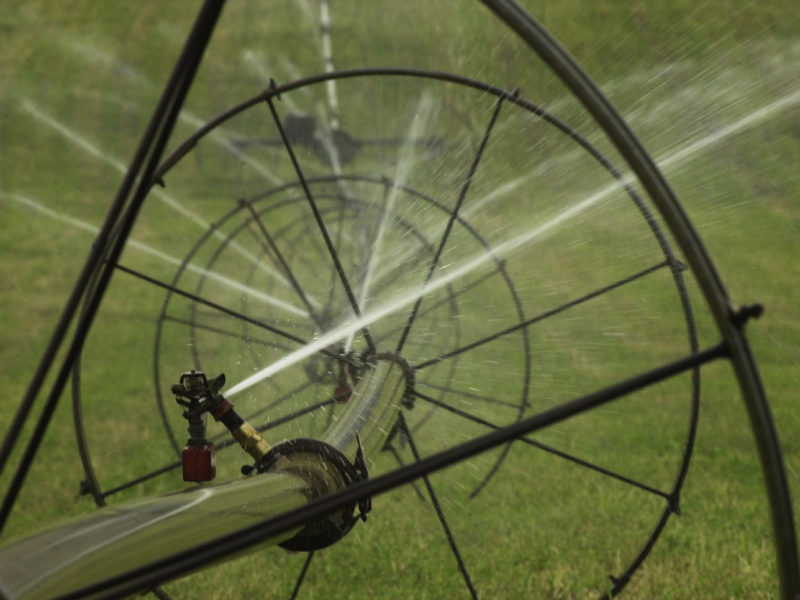
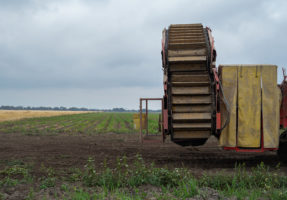
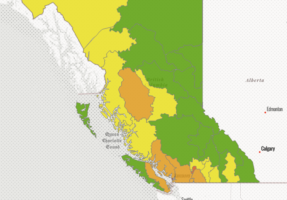
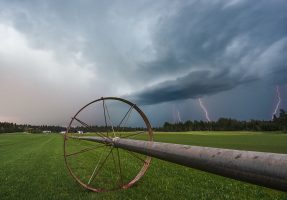
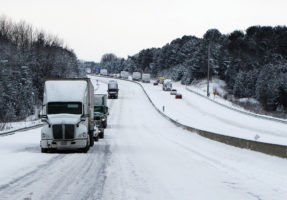
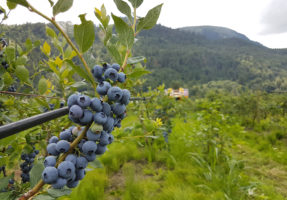
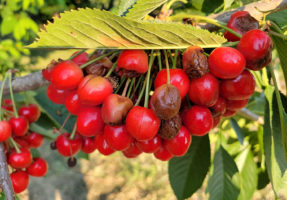
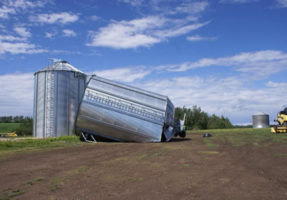
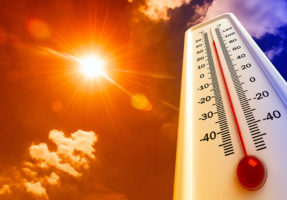
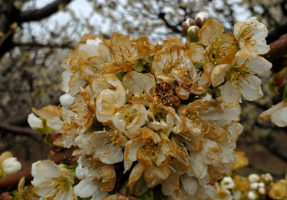
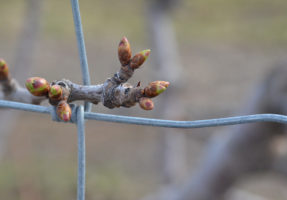
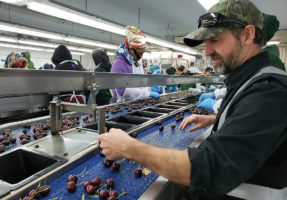
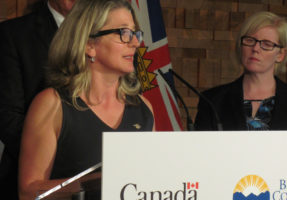
 Building boom ahead
Building boom ahead